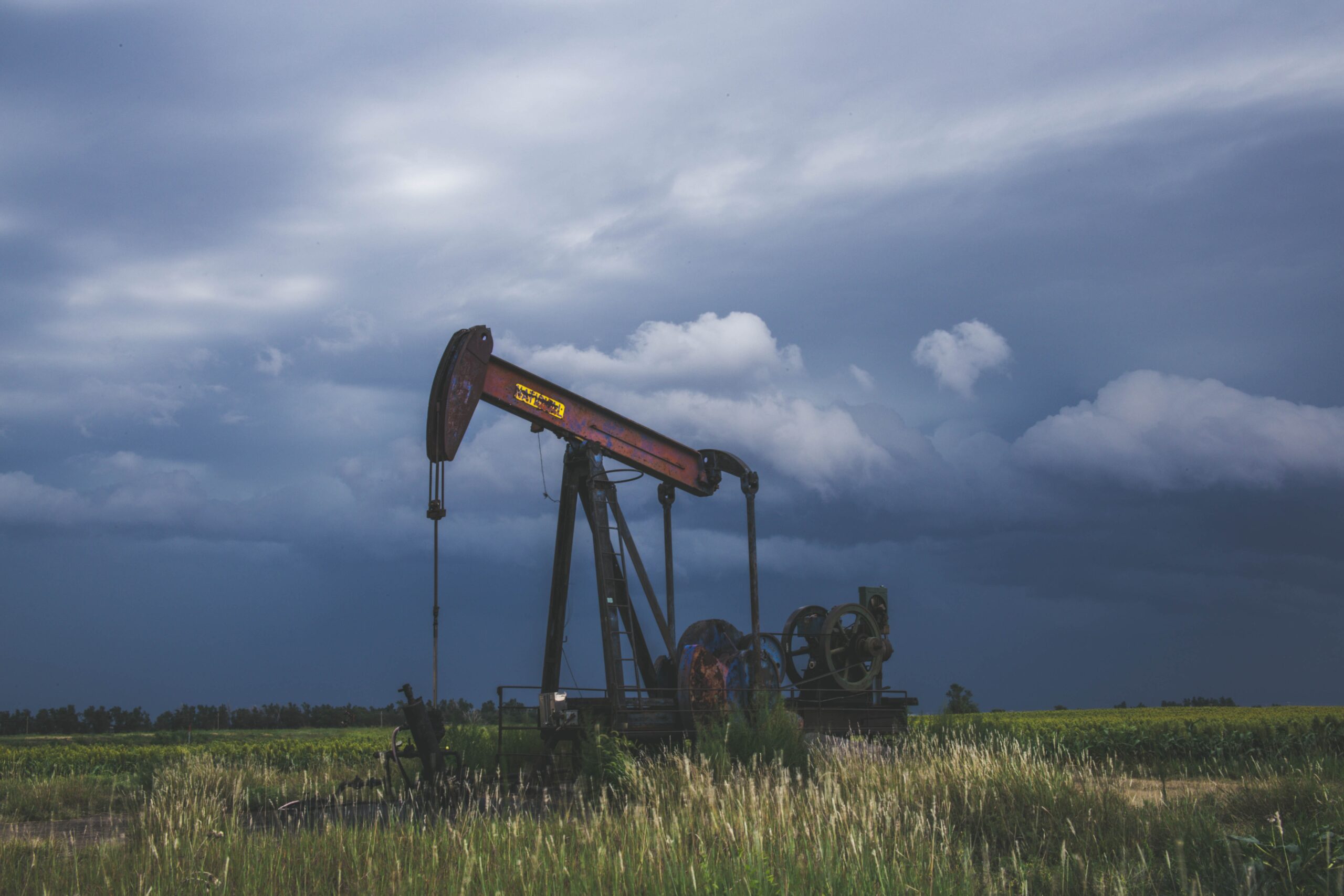This week we want to dig into the energy sector. This is an industry that is universally despised today. This is in large part due to the fact that the energy component of the S&P 500 has underperformed the broader market by almost 80% since 2014. However, these stocks are now so beaten down that they may offer very good long-term expected returns if the oil markets can return to normalized pricing.
This year the oil market was hit with two major negative surprises. First Saudi Arabia and Russia pretended to have a price war. They aggressively increased production and dropped prices. Most experts believe this was a coordinated attempt to punish US shale producers which have a much higher cost of extraction. Unfortunately as they were implementing this plan, the coronavirus recession hit. This second punch effectively knocked out the oil markets. Demand plummeted as travel collapsed. At one point in April, oil futures prices were negative.
OPEC and Russia quickly reversed course on their supply increases with the largest production cut in decades. Oil prices have stabilized over the last few months in the low $40s. Prices remain low relative to break even production costs and recent prices due to a significant supply overhang. There is still too much oil available relative to global demand.

As you can see in the chart below, production has only recently fallen below demand. While the excess supply of oil has stopped growing, we still have a lot of oil in storage that needs to be consumed before prices can rise back to profitable levels.


Energy industry experts are forecasting excess supply to return to normal ranges next year. This will be accomplished through increased demand as the global economy returns to normal and lower production relative to 2019 levels.


We are expecting normalization to take several years, but small increases in demand can have outsized impacts on oil prices in both directions. In just the US, we’ve seen a steady increase in gasoline demand as people have shunned public transit in favor of driving.

Our base case is that we could see balanced oil markets by the end of 2021. If we are correct, we would expect oil prices to return to a level that allows the marginal supplier of oil to break even. According to EIA, by the end of 2021 global oil demand will be about 100 million barrels per day. At that production volume, the marginal cost of oil is close to $50 per barrel. At that price, companies no longer invest in new production and over time the supply of oil declines as proven reserves are consumed. For the industry to expand its production capacity, companies need to earn a solid return on their invested capital. We expect that investment hurdle rate to be between 6-8% presently. So, oil prices will need to be closer to $60 per barrel for a sustained supply and demand balance over the next decade.

So how does this all affect the energy stock prices? We believe that current stock prices are not pricing a recovery to normalized energy prices in the next few years. Our expectation is that by 2023, oil prices are closer to the $60 per barrel level based on normalized demand, supply constraints from under investment during the recession, industry consolidation and a weaker US dollar. Based on our estimate of normalized earnings, energy stocks are trading at less than 10x EPS and are paying very, very generous dividends (XLE dividend yield is 7%).

We expect that Exxon will have to cut its dividend in the next couple of years but that the rest of the majors will be able to cover their current pay outs. Exxon is currently paying a nearly 10% dividend yield versus its historical average of around 3%. We expect them to cut the dividend by around 50% to preserve their balance sheet before oil prices normalize.
Overall we think the energy industry is attractive for a long-term investment at current prices. However, these stocks will be very volatile over the next year. The markets are worried about the pace of recovery, renewable energy displacing oil and a potential green new deal from a Democratic administration. We think that most of these risks are priced in but expect a roller coaster ride as demand stabilizes.


